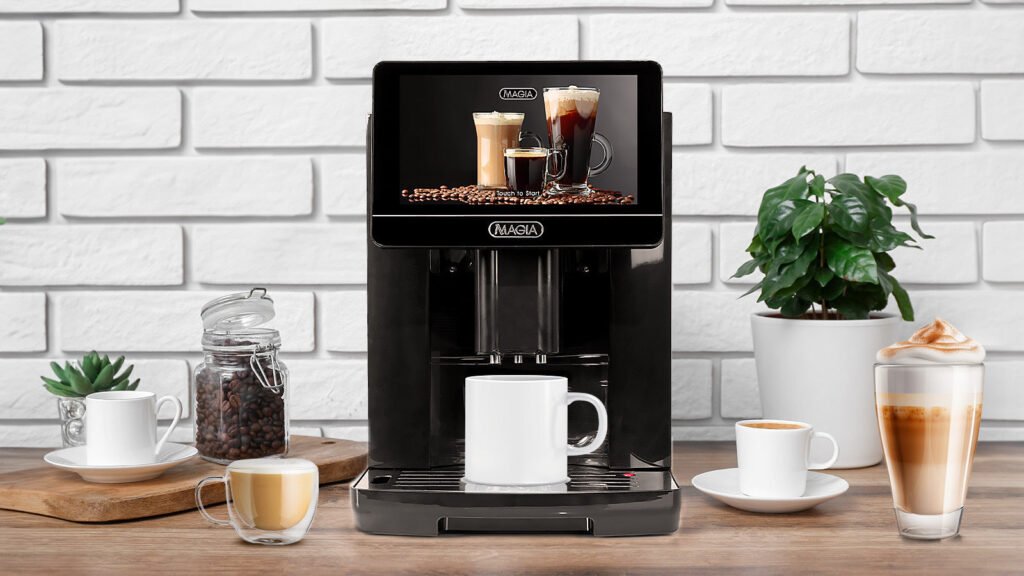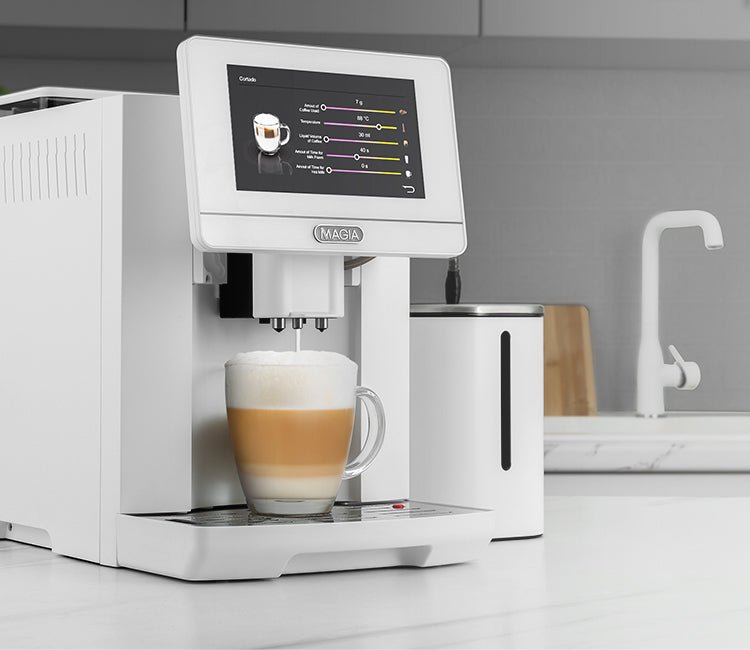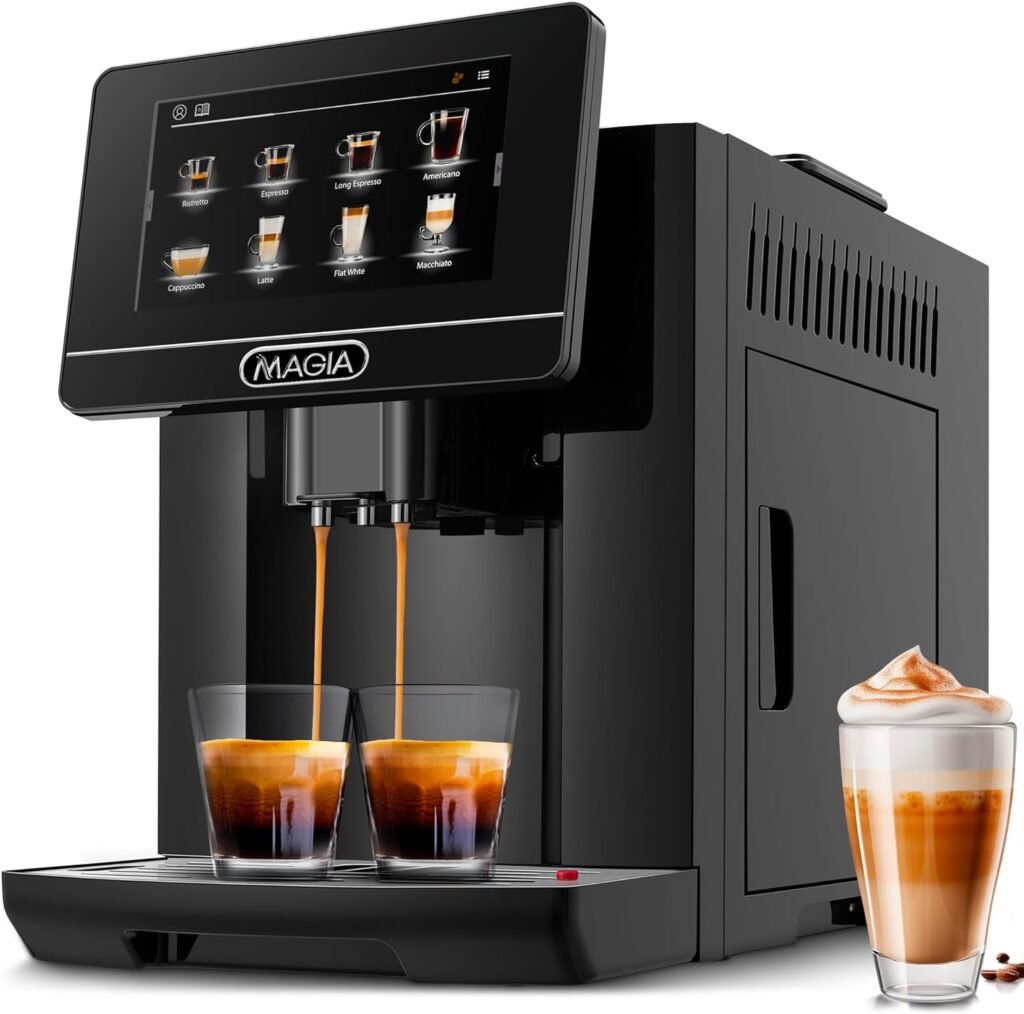How long do super automatic espresso machines last? If you’re a coffee aficionado, this question is likely to be at the top of your mind. Super automatic espresso machines represent a blend of innovation and convenience, offering you the luxury of café-quality coffee in the comfort of your home. But like any other appliance, they come with a lifespan, and understanding this can help you make the most out of your investment.

What Are Super Automatic Espresso Machines?
Super automatic espresso machines are state-of-the-art coffee makers designed to handle multiple stages of the brewing process. From grinding fresh beans and brewing espresso to frothing milk for a perfect latte, these machines do it all with minimal effort on your part. This all-in-one functionality makes them ideal for busy mornings or those who appreciate the seamless blend of technology and gourmet coffee-making.
Components and Functionality
A super automatic espresso machine typically includes the following components:
- Bean Hopper: Stores the coffee beans.
- Grinder: Grinds the coffee beans to the desired fineness.
- Brewing Unit: Extracts espresso from the ground coffee.
- Water Pump: Forces water through the coffee grounds.
- Milk Frother: Steams and froths milk for cappuccinos and lattes.
- Drip Tray: Collects any spills and drips.
Each component plays a crucial role in delivering that perfect cup of coffee. Understanding these components can help you better grasp the machine’s lifespan.
Factors Influencing Lifespan
Several factors can impact the longevity of your super automatic espresso machine. Let’s break them down for a clearer understanding.
Quality of Components
The materials and craftsmanship of the components significantly influence how long the machine will last. Higher-end models often use more durable materials and advanced technologies.
Table: Quality vs. Longevity
| Component | Low-end Models | High-end Models |
|---|---|---|
| Grinder | Plastic burrs, less durable | Steel or ceramic burrs, more durable |
| Water Pump | Basic pump | Advanced, quieter pump |
| Brewing Unit | Simpler construction | Robust construction |
Usage Frequency
If you’re a heavy coffee drinker, your machine will naturally wear out quicker than if you use it sparingly. Most manufacturers provide an estimated number of brewing cycles, which can help you gauge the lifespan.
Maintenance
Regular maintenance can extend the life of your machine. This includes tasks like descaling, cleaning the milk frother, and replacing worn-out parts. Neglecting maintenance can lead to quicker wear and malfunction.
Descale Frequency by Water Hardness
| Water Hardness | Descale Frequency |
|---|---|
| Soft | Every 3 months |
| Moderately Hard | Every 2 months |
| Hard | Monthly |
Estimated Lifespan by Brand
Different brands and models come with varied lifespans. Let’s take a closer look at some of the popular brands and their estimated lifespans.
Jura
Jura machines are known for their superior build quality and advanced technology. On average, you can expect a Jura machine to last between 7-10 years with proper maintenance.
De’Longhi
De’Longhi machines are popular for their affordability and user-friendly features. They generally have a lifespan of around 5-8 years.
Saeco
Saeco, now part of Philips, offers mid-range to high-end machines that are quite durable. These machines can last between 6-9 years.
Gaggia
Gaggia is another reputable brand, particularly known for its focus on semi-automatic and super automatic machines. With regular maintenance, a Gaggia machine can last anywhere between 5-7 years.
Table: Brand vs. Lifespan
| Brand | Estimated Lifespan (years) |
|---|---|
| Jura | 7-10 |
| De’Longhi | 5-8 |
| Saeco | 6-9 |
| Gaggia | 5-7 |
Tips to Extend the Lifespan
You can take several proactive steps to ensure your machine serves you well for many years. Following these tips can maximize your investment and enhance your coffee experience.
Regular Cleaning
Cleaning isn’t just about aesthetics; it’s crucial for the machine’s functionality. Empty the drip tray and used coffee grounds container daily. Clean the milk frother after every use. By doing so, you avoid clogging and ensure that the machine operates smoothly.
Descaling
Descaling removes mineral buildup from the water cycling through your espresso machine. Depending on the hardness of your water, refer to the descaling table above for frequency.
Replacing Worn-out Parts
Every machine has parts that wear out over time, such as gaskets, seals, and even the grinder. Keep an eye on these and replace as needed.

Common Issues and Troubleshooting
Even with regular maintenance, issues may still arise. Here are some common problems and their potential solutions.
Leaking Water
A common issue that can be caused by a clogged or damaged water line. Inspect the lines and seals, replacing any that appear worn or damaged. Regularly cleaning the drip tray can also help reduce this issue.
Poor Coffee Quality
This can occur if the grinder settings are off or if the machine needs descaling. Adjust the grinder to the appropriate coarseness and descale the machine as needed.
No Froth from Milk Frother
Check for blockages in the frother. Disassemble and clean according to the manufacturer’s instructions. If the problem persists, the frothing wand might need a replacement.
When to Replace Your Machine
Knowing when to invest in a new machine can save you from the hassle of constant repairs. If your machine is frequently breaking down even after maintenance, it might be time to consider a replacement.
Cost of Repairs vs. New Machine
Calculate the cost of repairs vs. the cost of a new machine. If repairs are becoming too frequent and expensive, you might be better off buying a new, more reliable machine.
Technological Advancements
Newer models come with more features, better energy efficiency, and improved brewing technology. Sometimes, investing in a new machine can offer a better coffee experience and will be more cost-effective in the long run.
Environmental Impact
It’s also worth considering the environmental impact of keeping an old machine running versus investing in a new, more energy-efficient model. Many modern machines are designed with energy-saving features that can reduce your carbon footprint.
Final Thoughts
Understanding the lifespan of super automatic espresso machines can help you make informed decisions, whether you’re purchasing a new machine or maintaining your current one. The key is regular maintenance, timely repairs, and knowing when it’s time to replace your machine. By following these guidelines, you can enjoy delicious, gourmet-quality coffee for many years to come.

